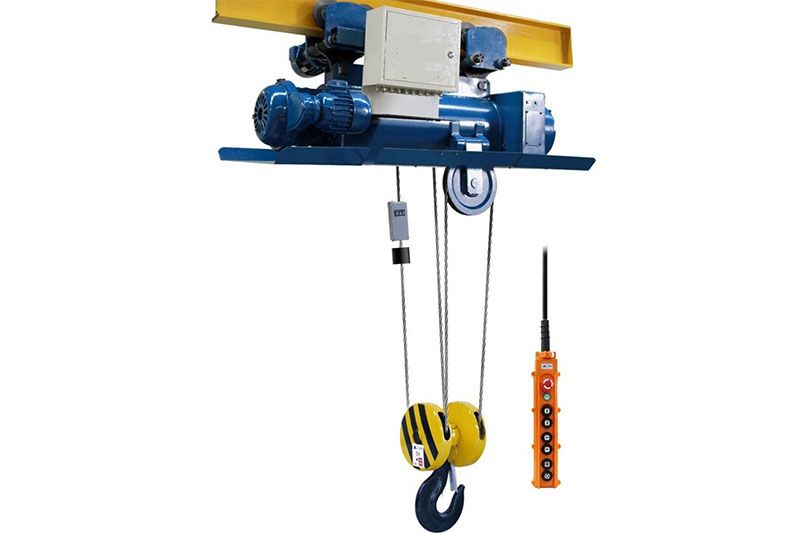Electric hoists have undergone significant technological advancements in recent years, revolutionizing lifting and material handling processes across various industries. From increased efficiency to enhanced safety features, these innovations have propelled electric hoists into the forefront of modern material handling solutions. One of the most notable advancements in electric hoists is the integration of smart technologies. These hoists are now equipped with sensors and connectivity features that enable real-time monitoring and data analysis. With IoT Internet of Things technology, operators can remotely monitor the performance and condition of electric hoists, allowing for proactive maintenance and minimizing downtime. This level of connectivity also facilitates predictive maintenance, where potential issues can be identified and addressed before they escalate into costly problems. Another key innovation is the development of high-efficiency electric motors and drive systems. These advancements have resulted in electric hoists that are not only more powerful but also more energy-efficient.

By optimizing motor and drive performance, manufacturers have been able to reduce energy consumption while maintaining or even increasing lifting capacities. This not only lowers operating costs but also contributes to sustainability efforts by reducing carbon emissions. Safety has always been a paramount concern in material handling operations, and polipasto electrico have seen significant improvements in this area as well. Advanced safety features such as overload protection, emergency stop functions, and anti-collision systems help prevent accidents and protect both personnel and equipment. Additionally, the integration of ergonomic design elements ensures operator comfort and reduces the risk of fatigue-related incidents during prolonged use. Innovations in materials and construction techniques have also led to electric hoists that are lighter and more compact without compromising on strength or durability. This makes them easier to install, maneuver, and transport, offering greater flexibility in various applications and environments. Furthermore, the use of high-strength alloys and advanced engineering techniques has increased the lifespan of electric hoists, resulting in longer service intervals and lower lifecycle costs.
Automation and integration with other industrial systems represent another frontier of innovation in electric hoists. These hoists can now be seamlessly integrated into larger automated workflows, providing a seamless material handling solution from start to finish. Whether it is in manufacturing, warehousing, or construction, the ability to automate lifting tasks not only improves efficiency but also reduces the need for manual labor in potentially hazardous environments. Lastly, advancements in control systems and user interfaces have made electric hoists more intuitive and user-friendly than ever before. Touchscreen displays, customizable presets, and remote control capabilities simplify operation and reduce the learning curve for new users. This not only increases productivity but also allows for more precise control over lifting operations, resulting in safer and more efficient material handling processes. In conclusion, the latest technological innovations in electric hoists have transformed them from simple lifting tools into sophisticated material handling solutions. With improvements in efficiency, safety, sustainability, and usability, these advancements are driving increased adoption across a wide range of industries, offering enhanced performance and productivity for businesses around the world.